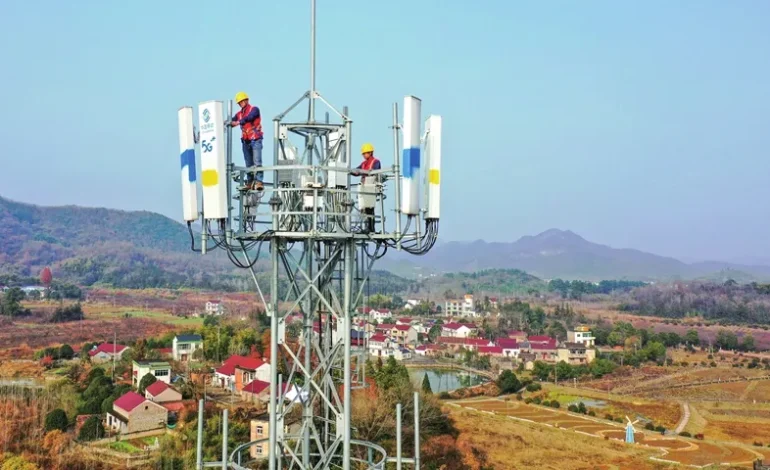Huawei Expands 5G Network to Rural Areas

Huawei has announced the expansion of its 5G network infrastructure to rural regions across China, aiming to bridge the digital divide and provide high-speed connectivity beyond major urban centers. The rollout targets underserved areas in provinces such as Guizhou, Yunnan, and Heilongjiang, supporting agriculture, small businesses, education, and local public services with enhanced mobile internet access.
The expansion leverages Huawei’s advanced 5G base stations, network optimization technologies, and cost-effective deployment strategies to ensure coverage and reliability in remote and geographically challenging locations. By providing low-latency, high-bandwidth connectivity, rural communities can access cloud services, e-learning platforms, telemedicine, and digital payment systems, fostering economic growth and improving quality of life.
Local governments and telecom operators are partnering with Huawei to implement the network expansion efficiently. These collaborations include infrastructure planning, regulatory compliance, and community engagement programs to ensure that residents can benefit from the new technology. Pilot deployments have already demonstrated improvements in digital services for agricultural monitoring, remote education, and small-scale e-commerce operations.
Industry analysts highlight that expanding 5G to rural areas strengthens China’s national digital economy strategy and supports inclusive technological development. The deployment also enables rural industries to adopt smart technologies, such as IoT sensors for precision agriculture, AI-driven data analytics, and digital logistics platforms, enhancing productivity and market competitiveness.
The initiative reflects Huawei’s ongoing commitment to integrating advanced telecommunications technology into all regions of China, demonstrating the company’s ability to combine technical innovation with social impact. As the network continues to expand, rural communities are expected to experience greater access to digital infrastructure, bridging the gap between urban and rural connectivity and supporting the country’s broader digital transformation objectives.







